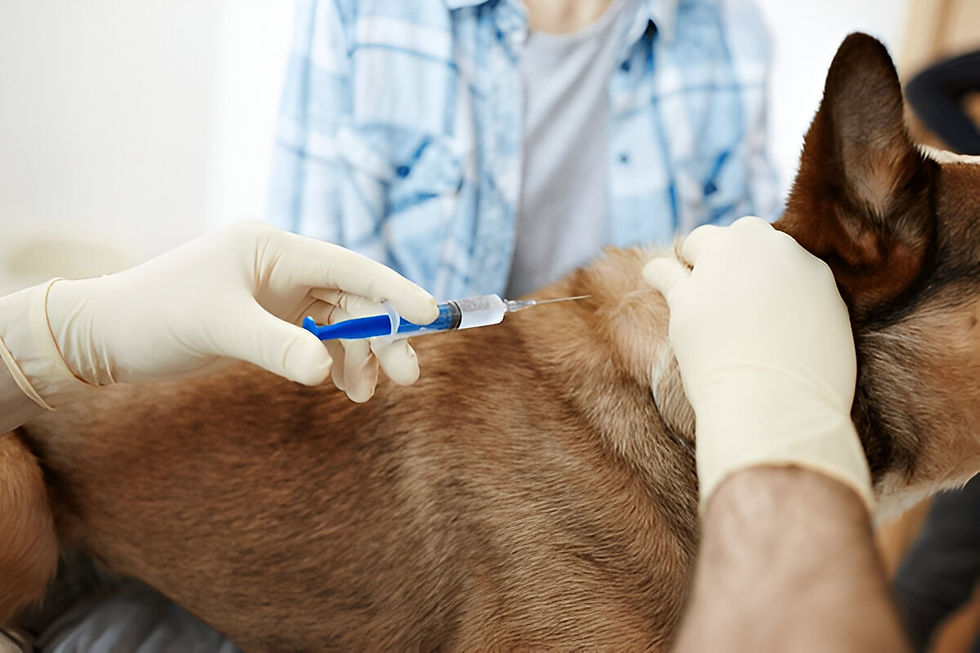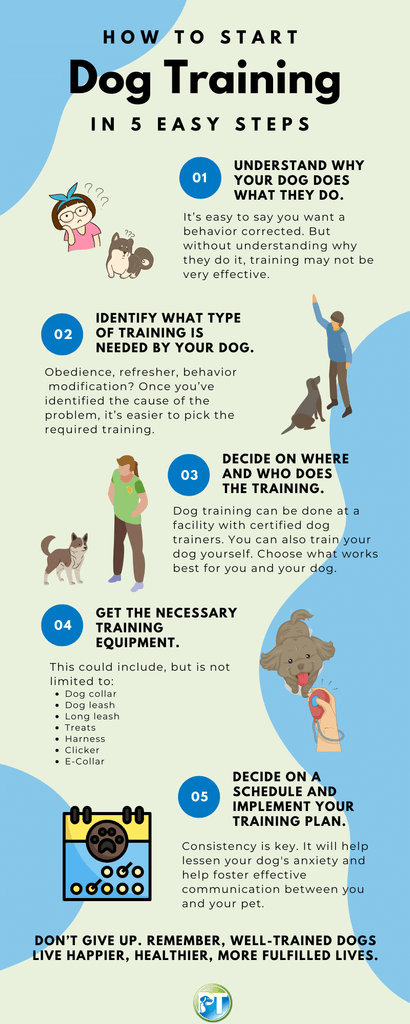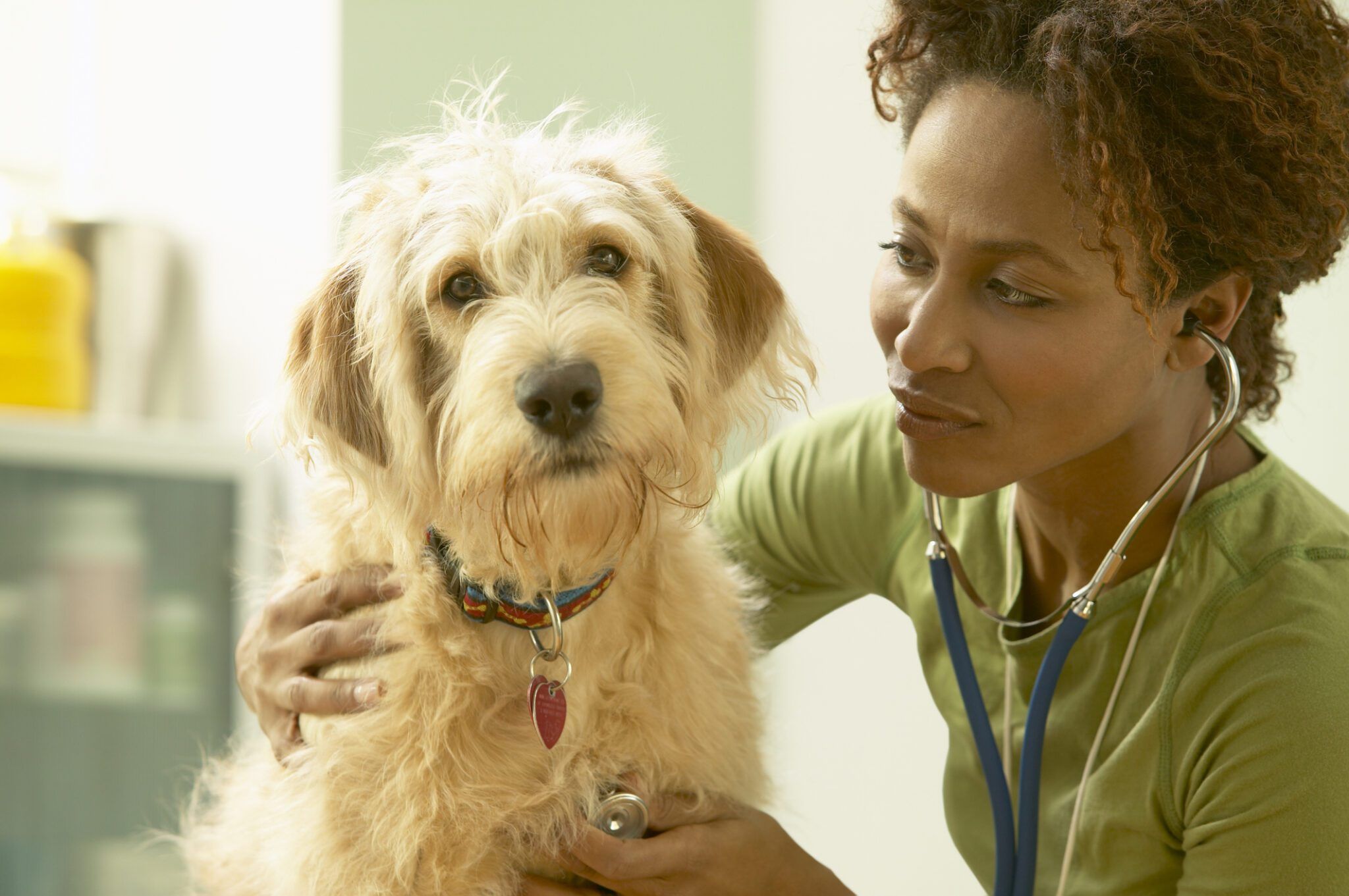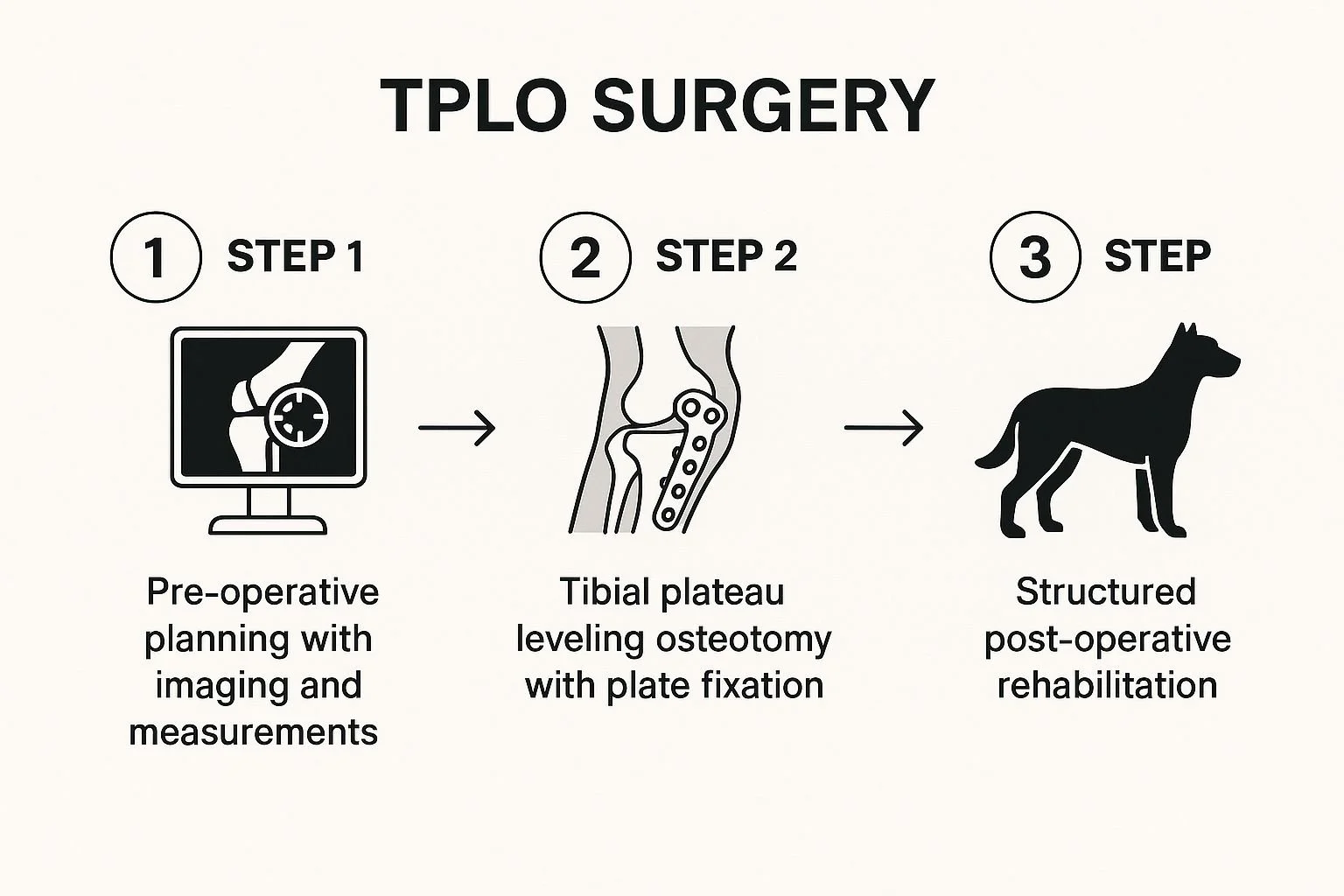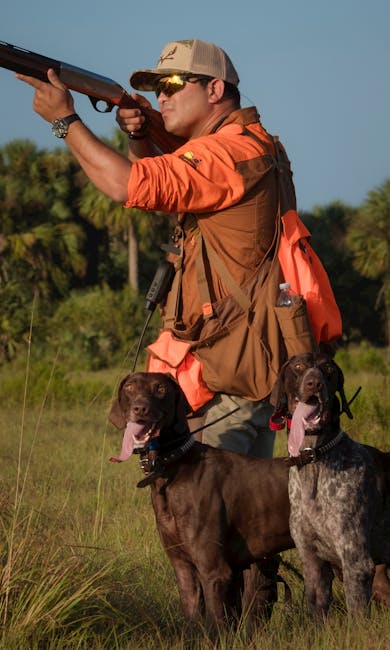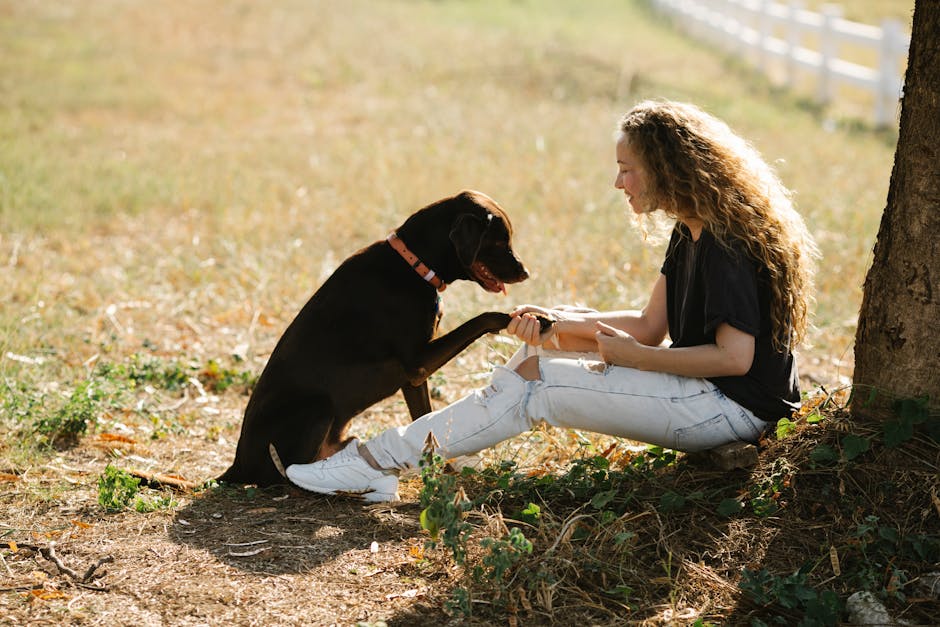Do you want a dog that listens to you every time, no matter what? Imagine having a furry friend who follows your commands quickly and happily.
Training your dog to be obedient isn’t just about rules—it’s about building a strong bond filled with trust and respect. You’ll discover simple, proven steps that anyone can use to train their dog to be the most obedient companion. Ready to transform your relationship with your dog?
Keep reading, and let’s make obedience easy and fun for both of you.
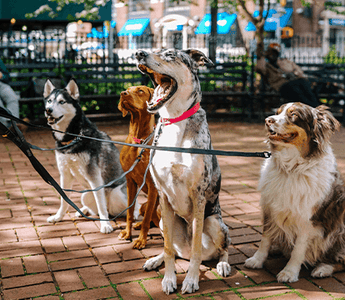
Credit: bullybeds.com
Choosing The Right Dog Breed
Choosing the right dog breed plays a key role in training success. Each breed has unique traits that affect behavior and learning ability. Selecting a breed that fits your lifestyle helps build a strong bond. This makes training easier and more enjoyable for both.
Understanding Temperament
Temperament means how a dog usually acts and reacts. Some dogs are calm and gentle. Others are more alert and protective. A friendly and eager-to-please dog often learns commands faster. Temperament affects how a dog handles new experiences and challenges.
For training, choose a dog with a stable temperament. Avoid breeds known for stubbornness or aggression if you want an obedient companion. A balanced temperament helps maintain focus during training sessions.
Energy Levels
Energy levels show how active a dog is throughout the day. High-energy dogs need lots of exercise and mental stimulation. Low-energy dogs prefer calm activities and shorter walks. Training a high-energy dog requires patience and consistent routines.
Match the dog’s energy to your daily activity. A high-energy dog suits active owners who exercise often. A low-energy dog fits well with a quieter lifestyle. Proper energy matching reduces frustration and improves training results.
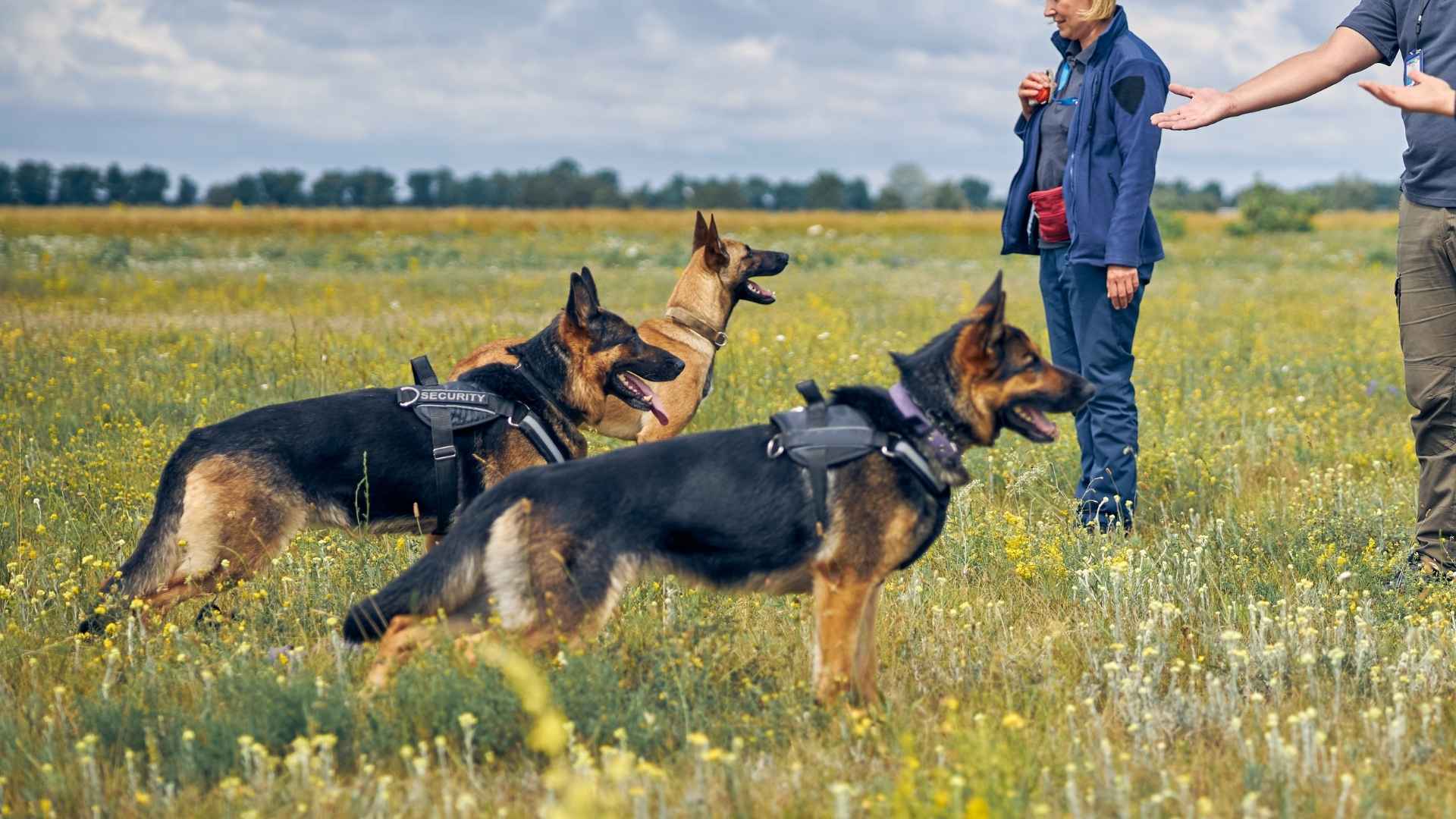
Credit: worldanimalfoundation.org
Creating A Consistent Training Routine
Creating a consistent training routine is key to building a strong bond with your dog and shaping their behavior effectively. Dogs thrive on predictability, which helps them understand what you expect. When you keep training sessions steady and clear, your dog is more likely to respond with focus and enthusiasm.
Setting A Schedule
Decide on specific times each day for training. Short sessions of 10 to 15 minutes work best to keep your dog’s attention sharp.
Try to stick to the same time slots daily, whether it’s morning, afternoon, or evening. This routine helps your dog anticipate training and get mentally ready.
Think about your daily life—when can you realistically fit in training without distractions? Consistency beats intensity in the long run.
Consistency In Commands
Use the same words for each command every time. If you say “sit” one day and “sit down” the next, your dog may get confused.
Keep your tone firm but friendly. Mixed signals make it hard for your dog to know what you want.
Pay attention to your body language too. Dogs read your gestures as well as your words.
Ask yourself: Are your commands clear and steady? If not, your dog might hesitate or ignore them.
Positive Reinforcement Techniques
Positive reinforcement techniques help build trust between you and your dog. These methods focus on rewarding good behavior, making your dog want to repeat it. Training becomes fun and effective with kindness and clear signals.
Using Treats Effectively
Treats motivate dogs to learn new commands quickly. Choose small, tasty treats that your dog loves. Give treats immediately after your dog follows a command. This helps your dog connect the action with the reward.
Use treats to encourage good habits like sitting, staying, or coming. Avoid giving treats too often. Gradually reduce treats as your dog learns well. This keeps your dog eager but not dependent on food rewards.
Praise And Affection
Dogs respond well to praise and affection as rewards. Use a happy tone to tell your dog “Good job!” or “Well done!” right after good behavior. Petting and gentle pats also show your dog you are pleased.
Combine verbal praise with treats for stronger motivation. Over time, praise alone can guide your dog. This builds a deep bond and encourages your dog to obey happily.
Socialization Strategies
Socialization is key to raising a well-behaved and obedient dog. It shapes how your dog reacts to new people, animals, and environments. Without proper socialization, your dog might develop fear or aggression, which makes training much harder.
Introducing Other Pets
Introducing your dog to other pets carefully can build their confidence and reduce territorial behavior. Start with calm, friendly animals in a neutral space to prevent any feelings of threat. Watch their body language closely—signs like relaxed tails and gentle sniffing mean the introduction is going well.
If your dog shows signs of stress, such as growling or stiff posture, separate them and try again later with shorter sessions. Keep interactions positive by rewarding good behavior with treats or praise. This helps your dog associate meeting other pets with pleasant experiences.
Exposure To New Environments
Taking your dog to different places teaches them to stay calm and obedient no matter where they are. Begin with quiet spots like a friend’s backyard before moving on to busier areas like parks or city streets. This gradual exposure prevents overwhelming your dog and builds their tolerance.
Notice how your dog reacts to noises, smells, and sights. If they seem nervous, slow down and give them extra reassurance. Consistent exposure paired with commands and rewards turns unfamiliar environments into new training opportunities.
Addressing Behavioral Issues
Addressing behavioral issues is a key part of training an obedient dog. Dogs often show unwanted behaviors because of confusion, fear, or lack of proper guidance. Spotting these problems early helps prevent bad habits from growing. Clear strategies and gentle corrections can improve your dog’s behavior quickly. Consistency and patience are essential for lasting change.
Identifying Common Problems
Recognize typical behavioral issues to act effectively. Some common problems include:
- Barking too much or without reason
- Chewing on furniture or shoes
- Jumping on people during greetings
- Pulling on the leash during walks
- Ignoring basic commands
- Showing aggression towards other dogs or people
Watch your dog’s actions closely. Notice patterns and triggers. Understanding the cause helps find the right solution.
Solutions And Training Adjustments
Adjust training methods to tackle specific problems. Use positive reinforcement to reward good behavior. Avoid harsh punishments, which create fear and confusion.
- For excessive barking, teach the “quiet” command and reward silence.
- Redirect chewing to toys and remove access to forbidden items.
- Train “sit” and “stay” to reduce jumping on guests.
- Practice loose-leash walking with treats and praise.
- Repeat basic commands daily with short sessions.
- Socialize your dog gradually to reduce aggression.
Consistency is key. Regularly review progress and adjust methods. Patience helps your dog learn and trust you more.
Advanced Obedience Training
Advanced obedience training takes your dog’s skills to a higher level. It builds on basic commands and focuses on precision and reliability. This stage requires patience and consistent practice. The goal is to make your dog respond quickly and correctly in different situations. Training becomes more challenging and fun as your dog learns new commands and tasks.
Mastering Commands
At this level, your dog should know basic commands well. Teach them to respond to commands from a distance. Use clear and consistent words or signals. Practice commands like “stay,” “come,” “heel,” and “leave it” with distractions around. Reward your dog immediately for correct responses. Repeat training sessions in various places to improve focus. Short, frequent sessions work best to keep your dog interested.
Training Tools And Techniques
Use tools that help improve your dog’s learning and focus. Clickers, treat pouches, and long leashes can be very helpful. Clicker training marks good behavior with a sound, making learning faster. Long leashes allow safe off-leash practice in open areas. Change up the training environment to test your dog’s skills. Use positive reinforcement to encourage good behavior. Avoid punishment, which can confuse or scare your dog.
Maintaining Long-term Obedience
Maintaining long-term obedience in dogs requires ongoing effort and patience. Training is not a one-time task but a continuous process. Consistent practice and positive reinforcement help keep your dog responsive and well-behaved. The bond between you and your dog strengthens with regular interaction, making obedience easier to maintain.
Regular Practice
Practice commands daily to keep your dog sharp. Short, frequent sessions work best. Use clear, simple commands your dog knows well. Practice in different places to help your dog obey anywhere. Regular practice prevents your dog from forgetting lessons.
Reinforcement Over Time
Reward good behavior with treats, praise, or play. Positive reinforcement encourages your dog to repeat good actions. Avoid punishment; it can cause fear and confusion. Gradually reduce treats but keep praise consistent. Reinforce obedience during walks, feeding, and playtime to maintain habits.

Credit: offleashk9nova.com
Frequently Asked Questions
How Long Does It Take To Train An Obedient Dog?
Training an obedient dog typically takes several weeks to months. Consistency, patience, and regular practice speed up the process. Each dog learns at its own pace, so tailor training to your dog’s personality and breed. Daily short sessions yield the best results.
What Is The Best Age To Start Dog Training?
The best age to start dog training is around 8 weeks old. Puppies are most receptive to learning during this early socialization period. Early training helps prevent behavioral issues and builds a strong bond between you and your dog.
Which Commands Are Essential For An Obedient Dog?
Essential commands include sit, stay, come, heel, and leave it. These commands promote safety and control in various situations. Teaching these basics lays a strong foundation for advanced training and good behavior.
How Often Should I Train My Dog Daily?
Training your dog for 10 to 15 minutes twice daily is ideal. Short sessions keep your dog focused and prevent boredom. Consistent daily training helps reinforce commands and improve obedience steadily.
Conclusion
Training a dog takes time and patience. Consistency helps your dog learn better. Use simple commands and reward good behavior. Practice daily for best results. Stay calm and positive throughout training. Every dog learns at its own pace. Enjoy the process and build trust.
Obedient dogs make happy pets and families. Keep training fun and clear. Your effort will bring great rewards.

